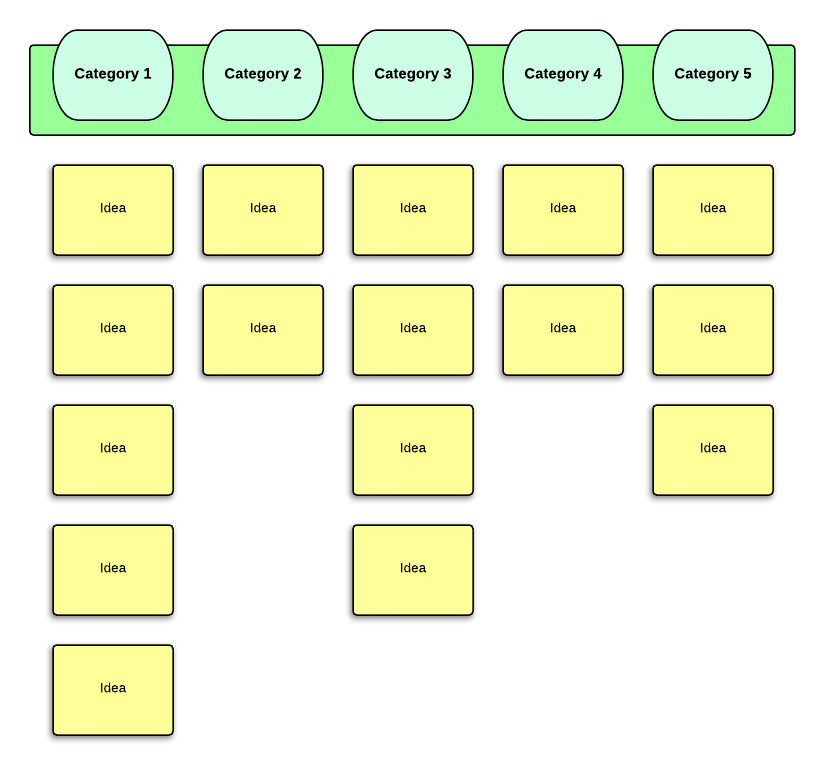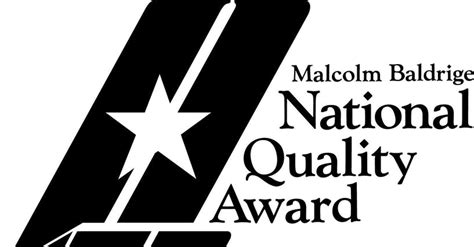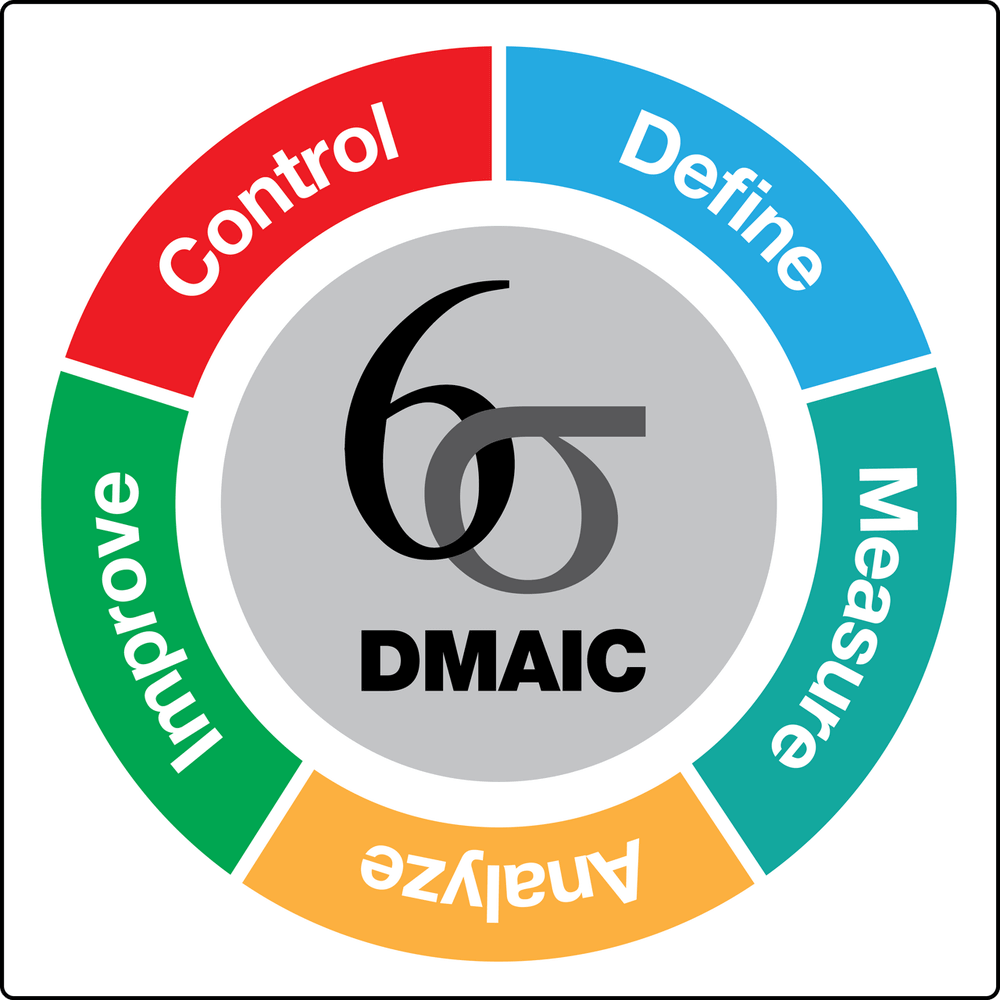By Teresa Jurgens-Kowal, PE, CPEM, PMP®, NPDP
(EMBOK Blog Post #7)
I am currently in the market for a new car. One of the first characteristics that I can list is that I want the vehicle to be of high quality. But, what, exactly, does “quality” mean? Domain 6 of the Engineering Management Body of Knowledge (EMBOK, 4th edition) teaches us about quality as well as operations and supply chain management.
As noted in the EMBOK (pg. 165), quality is “defined for each product based on what the customer wants in … measurable characteristics.” Certainly, this definition helps as I want my car to have at least 200 hp, not cost over $40,000, and be reliable for a lifetime of ten years. Rather than getting a sales pitch from a car dealer, they can instead show me new models that have specifications matching my desired quality characteristics.
History of Quality
The foundations of quality management in US, Canadian, and Western European industries started with the automotive industry. But, the principles of quality date further back to WWII when General Douglas MacArthur sought good radios in Japan. Influential quality gurus like W. Edwards Deming, Joseph Juran, Phillip Crosby, and Kaoru Ishikawa not only helped MacArthur in his quest for good radios, but also spawned the total quality movement. The Toyota Production System (TPS) is known for yielding high quality, low variability parts and a novel approach to manufacturing (which we now call “lean”).
The quality gurus shared a common belief that management must actively participate in quality improvement and that systems and data drive performance improvements. Ishikawa delineated a list of data-driven tools for engineers and managers to improve quality. These are shown in Table 6‑4 of the EMBOK (pg. 168) and include the affinity diagram and the prioritization matrix. R&D engineers will be familiar with these tools as project managers are also intimately familiar with the activity network diagram.

Quality in organizations today is supported by international standards, such as ISO 9001 and ANSI. In the US, the Malcolm-Baldrige Award is presented by the President to organizations that have demonstrated commitment and improvement through total quality management (TQM).

Process Improvements
Of course, quality is more than a measure of the final product. Process improvements to drive and support quality are a key task for engineers and engineering managers. Systems like lean manufacturing and Six Sigma encourage continuous improvement by eliminating waste and minimizing variation. Section 6.2 of the EMBOK compares and contrasts the principles of lean with Six Sigma improvement projects.
An important concept in lean is “flow,” especially for batch operations. Tools in lean help to reduce wasted time as a machine or downstream customer waits for work. The Kanban board is a visual tracking tool to show planned work, work-in-progress, products undergoing testing, and complete work. New work does not enter the “flow” until the Kanban board shows capacity of the work team to accept new work.
Like lean, Six Sigma is also driving a goal of continuous improvement. Six Sigma is project-oriented to find the root cause of a quality issue and implement an improvement. The core philosophy of Six Sigma is the DMAIC cycle, which includes the following steps:
- Define,
- Measure,
- Analyze,
- Improve, and
- Control

Sales Forecasting
Of course, quality and operations management are not standalone functions. Operations must support product manufacturing and involves creating sales forecasts and inventory management. For example, production of one new car (Volvo XC40) is unable to meet customer demand because of underestimated sales forecasts, resulting in a waiting period to even test-drive the vehicle and an even longer waiting period for purchase. Engineering managers use a variety of forecasting, scheduling, and inventory management tools to avoid these situations. (Supply chain management is discussed in detail in Section 6.6 of the EMBOK).
While not all engineers and engineering managers work directly in quality assurance (QA) or quality control (QC) labs or even in operations or supply chain, each of us must be fully committed to quality management. As Domain 6 of the EMBOK points out, engineering managers influence and impact quality from the concepts of new product development through ongoing continuous improvement activities. We must remember at all times that it is our customer and our customer’s customer who define quality.
Oh yeah, and I want a blue car…
What activities are you doing today in your job as an engineer or engineering manger to improve quality in your organization?
Get your copy of the EMBOK here. There are also many great tools on economics and finance in the EM Handbook here. Past articles in this series include:
About the Author
Teresa Jurgens-Kowal, PE, CPEM, PMP®, NPDP, is a passionate lifelong learner. She enjoys helping individuals and companies improve their innovation programs and loves scrapbooking. You can learn more about Teresa and her new Innovation MasterMind group by connecting on LinkedIn.
